Solar wall lamps have emerged as a stylish and eco-friendly lighting solution, seamlessly blending modern aesthetics with Solar wall lamps have become a go-to choice for homeowners seeking stylish, eco-friendly lighting that enhances modern home aesthetics. These fixtures, powered by sunlight, offer a perfect blend of form and function, illuminating outdoor spaces while reducing energy costs. This article explores the design versatility, environmental benefits, installation tips, and user experiences of solar wall lamps, helping you choose the ideal option for your home.
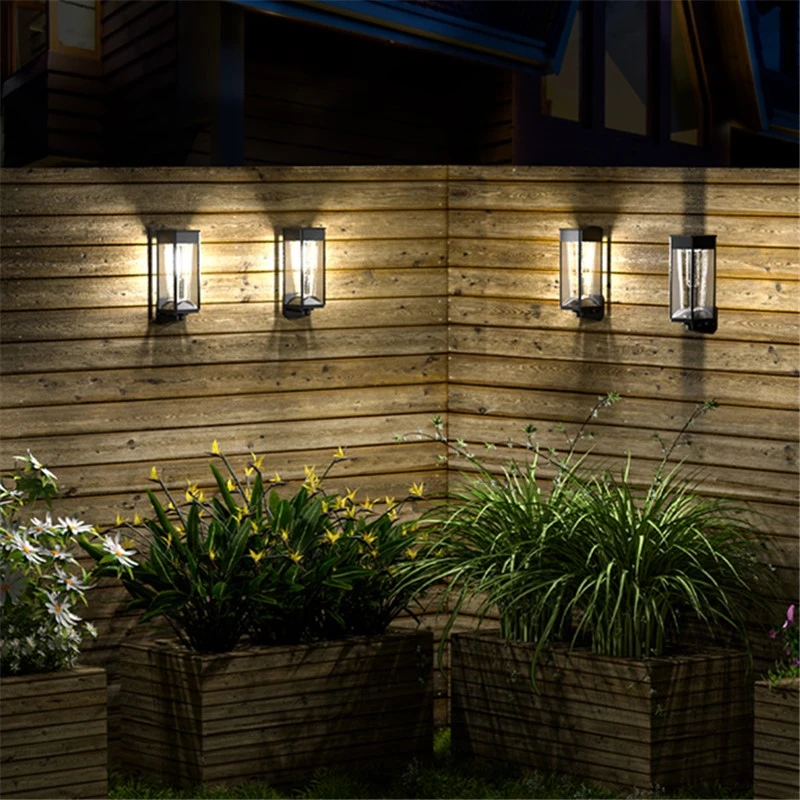
Why Choose Solar Wall Lamps?
Solar wall lamps are outdoor fixtures mounted on exterior walls, typically equipped with small solar panels that charge internal batteries during the day. At night, they provide illumination for patios, walkways, or entryways without relying on grid electricity. Their sleek designs and sustainable technology make them a natural fit for contemporary homes, offering both visual appeal and environmental responsibility.
Design Versatility for Modern Homes
Solar wall lamps come in a variety of styles to suit diverse architectural tastes. From minimalist geometric shapes to classic lantern-inspired designs, they enhance curb appeal while complementing modern aesthetics. For example, the TomCare Solar Wall Lights feature a flickering flame effect in a sleek black frame, adding warmth to patios or decks. The Aootek Solar Motion Sensor Lights, with their utilitarian rectangular design, deliver high-lumen output for security-focused homes. A 2024 Architectural Digest review praised models like the Beau Jardin Solar Wall Lantern for its stainless steel finish and frosted glass diffuser, noting its seamless fit with mid-century modern facades.
Environmental and Economic Benefits
By harnessing solar energy, these lamps eliminate the need for fossil fuel-based electricity, reducing carbon emissions. A single solar wall lamp, such as the HMCITY Solar Lights with a 1200mAh battery, can save approximately 50-100 kWh per year compared to traditional wired lights, based on typical household usage. Their LED bulbs, with lifespans up to 50,000 hours, minimize replacement waste. A Reddit user in a 2025 r/smarthome thread reported slashing their outdoor lighting costs by 80% after switching to solar wall lamps, highlighting both their eco-friendly and budget-friendly appeal.
Seamless Integration with Modern Aesthetics
Solar wall lamps enhance home exteriors by accentuating architectural features. Symmetrical placement of lamps like the Kialan Solar Wall Lanterns on either side of a front door creates a balanced, welcoming entrance. Their compact, integrated solar panels maintain a clean, wire-free look, ideal for minimalist designs. Smart models, such as the Philips Hue Solar Wall Light, offer app-controlled dimming and color temperature options (2700K-6500K), allowing customization to match vibrant or understated exteriors.
Trending Solar Wall Lamp Designs
The market offers diverse solar wall lamp designs, each catering to specific aesthetic and functional needs. Here are three popular styles based on recent product analyses and user feedback:
- Minimalist Geometric: The Aootek Solar Motion Sensor Lights feature a sleek, rectangular design with three modes (security, permanent, and smart brightness). With a 2200mAh battery and 200-lumen output, they’re ideal for walkways or garages. Amazon reviews praise their easy setup and reliable motion detection up to 26 feet.
- Vintage-Inspired Lanterns: The TomCare Solar Wall Lights mimic traditional gas lanterns with a flame-like LED flicker, housed in a durable, IP65-rated frame. They’re a favorite for rustic-modern homes, with users on TheSpruce.com noting how they “turn a plain wall into a cozy focal point.”
- Smart and Customizable: The Philips Hue Solar Wall Light integrates with smart home systems, offering customizable colors and schedules via an app. Its 1500mAh battery provides up to 10 hours of runtime, and its aluminum casing suits contemporary designs. A 2025 X post highlighted its Alexa compatibility, appealing to tech enthusiasts.
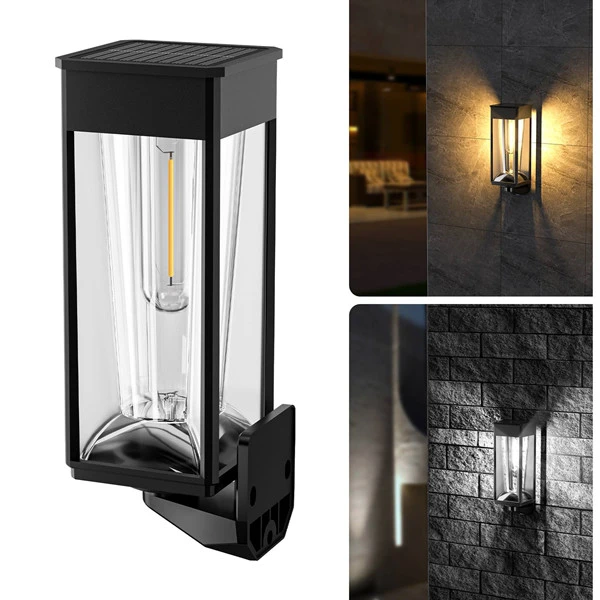
Installation Tips for Optimal Performance
Installing solar wall lamps is straightforward, but careful planning ensures they perform reliably. Here are practical tips based on manufacturer recommendations and user insights:
- Choose a Sun-Exposed Location: The solar panel needs 6-8 hours of direct sunlight daily. Mount the lamp on a south-facing wall (in the Northern Hemisphere) to maximize charging. The HMCITY Solar Lights include an adjustable panel for optimal sunlight capture.
- Mount at the Right Height: Install lamps at 6-8 feet for effective illumination and motion sensor performance. The Aootek’s 120-degree sensor angle works best at this height, covering a wide area. Use a level to ensure even placement, especially for symmetrical setups.
- Use Proper Hardware: Most models, like the Beau Jardin, include mounting screws and anchors. For brick or concrete walls, use a masonry drill bit and wall plugs. A Reddit user in r/homedecor recommended pre-drilling holes to avoid damaging delicate surfaces.
- Test and Adjust: After installation, test the lamp at dusk to confirm it activates correctly. If charging is insufficient, adjust the panel angle, especially in winter. The Kialan Solar Wall Lanterns’ USB backup charging option, praised in a 2025 Home Depot review, ensures reliability on cloudy days.
Maintenance for Longevity
Solar wall lamps are low-maintenance, but regular care extends their lifespan (typically 2-5 years). Consider these tips:
- Clean the Solar Panel: Dust or debris can reduce charging efficiency. Wipe the panel with a damp cloth every 3-6 months, as advised by EnergySage.com. In snowy areas, clear snow promptly.
- Check Batteries and Connections: Most lamps use lithium-ion batteries (e.g., 1800mAh in TomCare models). If runtime drops, replace the battery, often accessible via a detachable panel. Inspect for loose wires or corrosion annually.
- Protect from Extreme Weather: IP65-rated lamps like the Aootek withstand rain, but prolonged exposure to extreme heat or cold can degrade materials. Store detachable lamps indoors during off-seasons, as suggested in a 2025 r/homedecor thread.
- Update Smart Features: For smart lamps like Philips Hue, apply firmware updates via the app to maintain performance. A 2025 X post noted improved responsiveness after a Hue update.
User Experiences and Insights
User feedback offers practical insights into solar wall lamp performance. On Amazon, the Aootek Solar Motion Sensor Lights hold a 4.5-star rating from over 10,000 reviews, with users praising their brightness and ease of installation but noting occasional sensor issues in heavy rain. The TomCare Solar Wall Lights, rated 4.3 stars, are lauded for their aesthetic appeal, though some reported reduced battery life in winter. A 2025 Reddit thread on r/solarenergy highlighted the HMCITY Solar Lights’ durability in coastal areas, where salt air typically corrodes fixtures.
One user shared, “I installed Beau Jardin lamps on my patio, and they’ve survived a year of Midwest storms. The soft glow makes evening gatherings feel special.” However, some X posts cautioned that budget models may dim after a year, underscoring the value of reputable brands with warranties, like Aootek’s 2-year guarantee.
Choosing the Right Solar Wall Lamp
When selecting a solar wall lamp, consider these factors:
- Brightness: For security, choose 100-200 lumens (e.g., Aootek). For ambiance, 50-100 lumens (e.g., TomCare) is sufficient.
- Design: Match the lamp to your home’s style—geometric for modern, lantern-style for transitional. The Philips Hue offers customizable aesthetics.
- Battery and Runtime: Opt for 1200-2200mAh batteries for 8-12 hours of runtime. The HMCITY’s 10-hour runtime suits all-night use.
- Weather Resistance: An IP65 or higher rating ensures durability. The TomCare’s IP65 rating is reliable for most climates.
- Smart Features: For smart home integration, the Philips Hue is ideal, though it’s pricier.
Conclusion
Solar wall lamps combine sleek design with sustainable technology, making them an excellent choice for modern homes. They enhance outdoor spaces, reduce energy costs, and align with eco-conscious living. By selecting a design that suits your aesthetic, following proper installation and maintenance practices, and considering user feedback, you can create inviting, well-lit exteriors with minimal environmental impact. Whether illuminating a pathway or adding ambiance to a patio, solar wall lamps prove that style and sustainability can coexist beautifully.



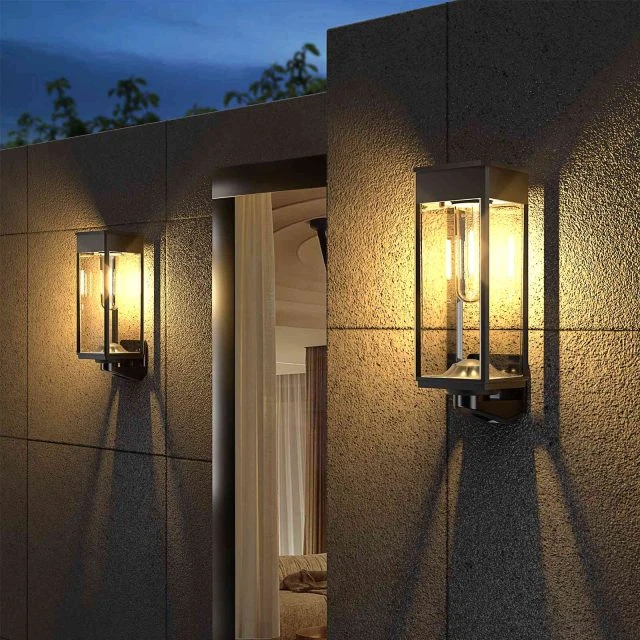
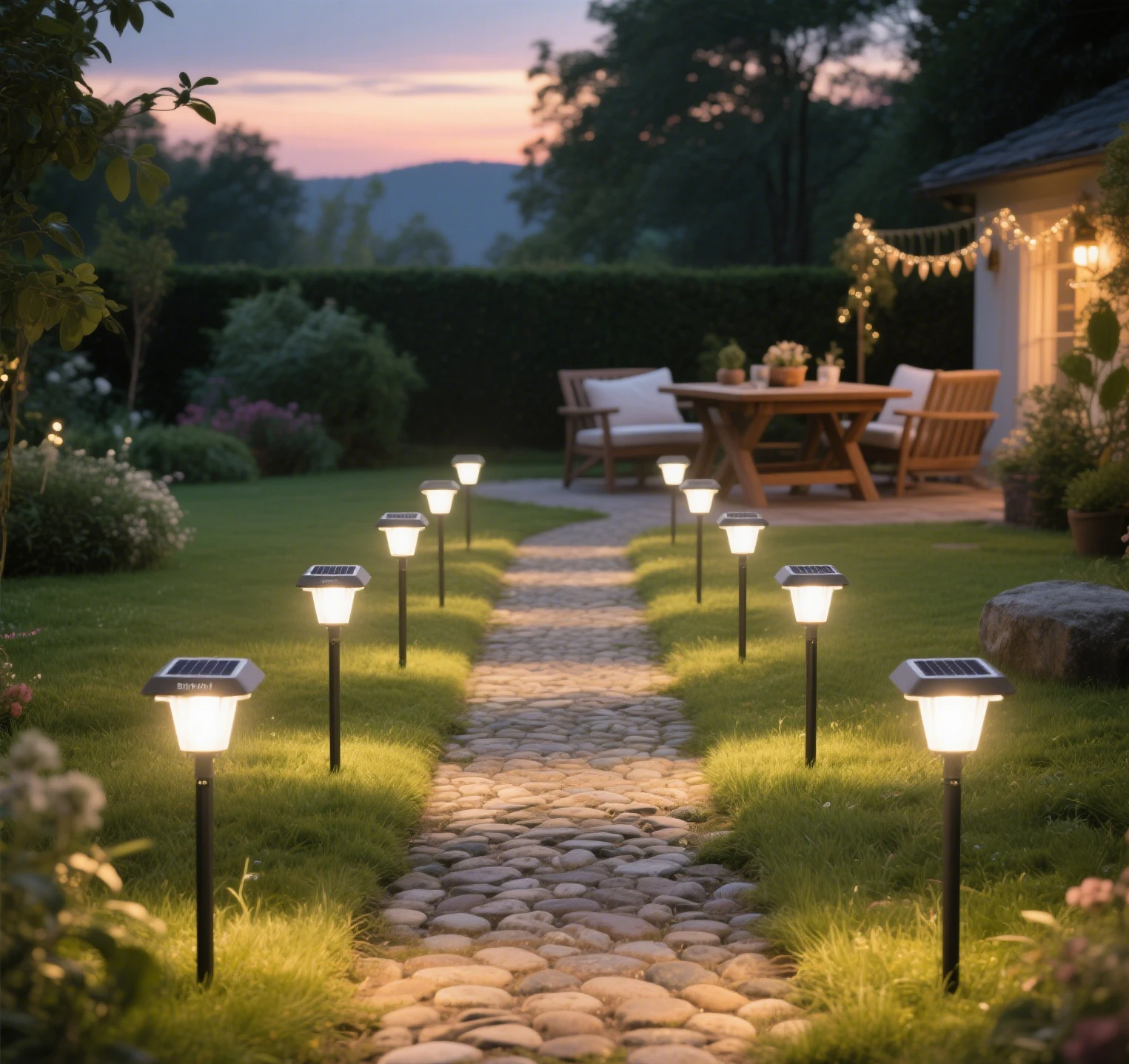
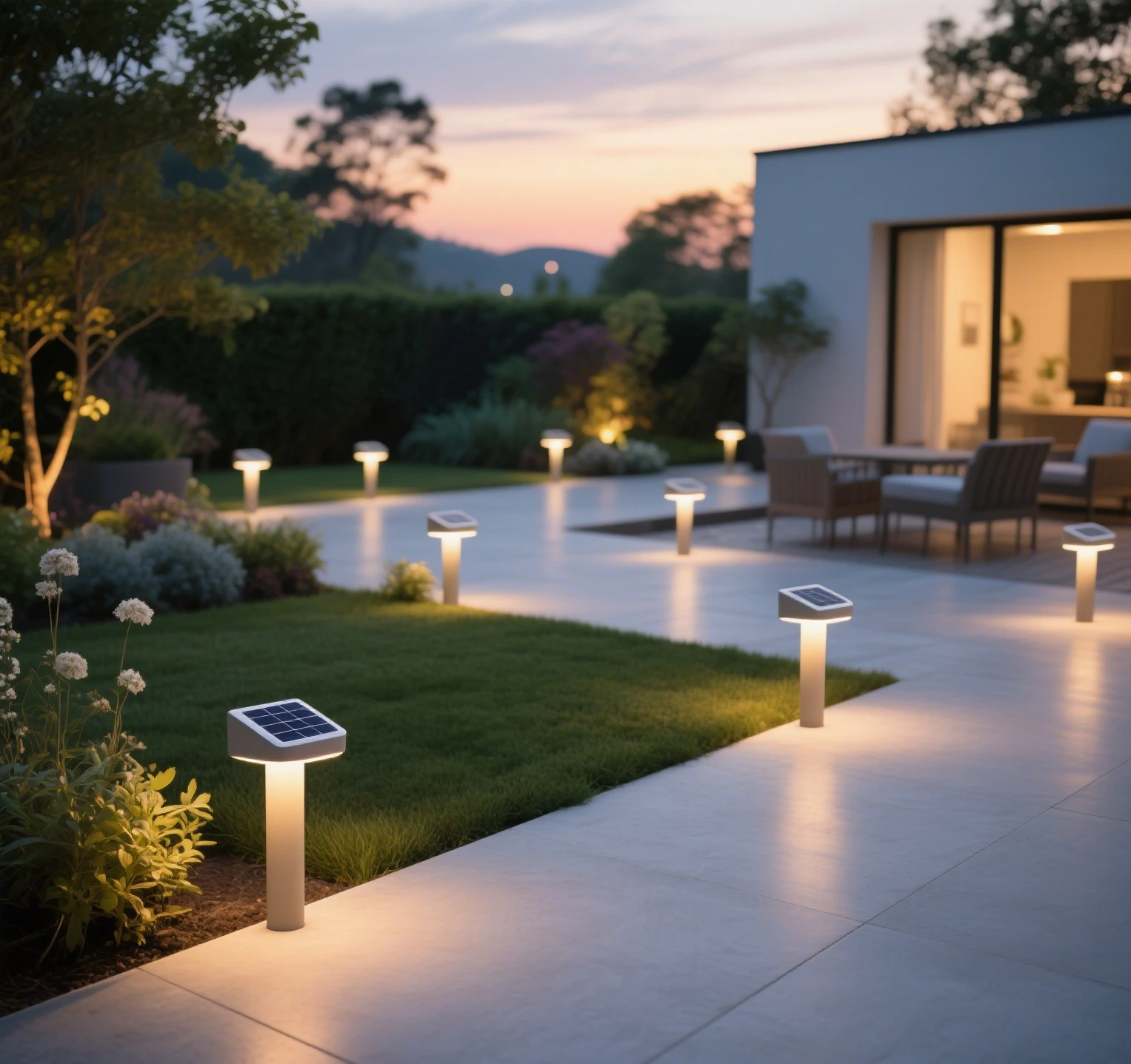

Leave a Reply